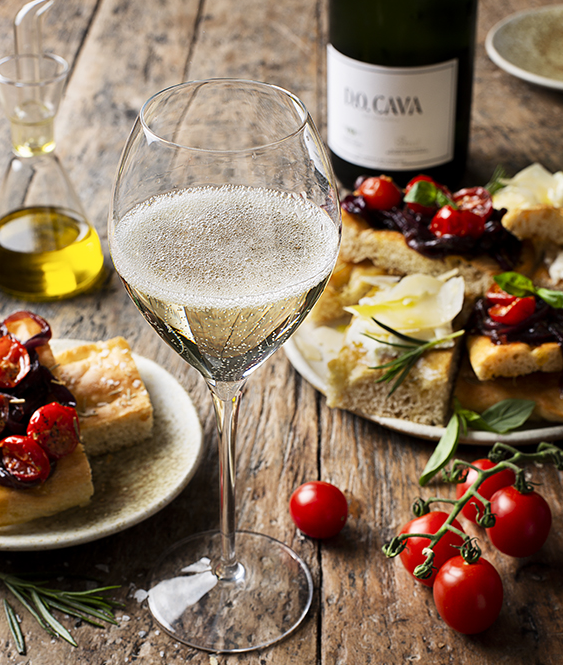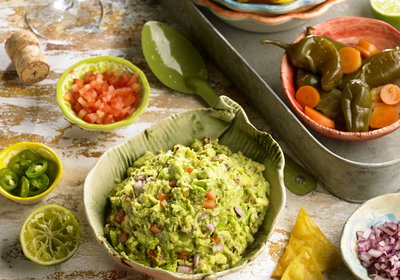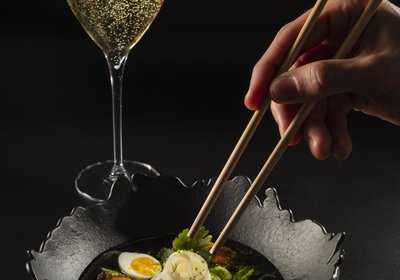Focaccia with cherry tomatoes and caramelised onions


This moist Italian bread is characterised by one star ingredient: olive oil. A focaccia should be soft on the inside, crispy on the outside, and aromatic throughout. A traditional flatbread, it is covered with herbs and other ingredients.
Focaccia, as we know it today, features several of the most typical Mediterranean ingredients: the fresh scent of aromatic herbs such as rosemary and thyme, the acidity of tomatoes, and the astringency and balance of olives and olive oil. The recipe brings together several characteristic products of Italian gastronomy and is very similar to pizza, since the only difference between focaccia and pizza dough is the fermentation time and the thickness of the dough.
This is a popular and well-known dish whose recipe has evolved over the centuries; there is no general agreement on its origin. Many legends surround focaccia; according to some, the most basic recipe dates from ancient Etruscan and Greek society. In the 2nd century BC, a recipe existed for aromatic bread known as libum. This was considered an offering to the gods, and is today considered one of the precursors of focaccia. Libum was made from a fermented dough with wholemeal flour, cheese, eggs and honey.
Other theories claim that said that the origin of focaccia can be traced back to Liguria, a region on the north-west coast of the Italian peninsula, where bread moistened with olive oil became popular in the Middle Ages.
These precursor recipes to focaccia evolved over time, and with the discovery of America, for example, came the addition of small tomatoes and other ingredients. As well as its origin, disagreements also exist about how to make it: according to the Italian Food Bloggers' Association, in Puglia alone there are 40 types of focaccia, and in Liguria at least 12 different variations.
Fortunately, the toppings vary according to each person's taste, and our suggestion is a focaccia with cherry tomatoes and caramelised onion to be enjoyed with a Cava de Guarda (more than 9 months of aging).
Ingredients
Instructions
Now it's time to enjoy your Italian flatbread and toast it with a Cava de Guarda (more than 9 months of aging). A simple and versatile recipe that can be easily adapted to all tastes.
Tips
Toppings: Focaccia make it easy to experiment with ingredients. One of the most popular focaccias is with aromatic herbs, salt and extra virgin olive oil. You can also try these ideas: good quality black or green olives; grapes, cherries, oranges, peaches or other seasonal fruits; roasted peppers, baked pumpkin and sliced courgette; and anything else that you want to try.
Baking time: Approximately 20 minutes, but it is important to check on the focaccia during baking and remove from the oven when golden brown. Each oven is different and the baking time may vary from one oven to another.









